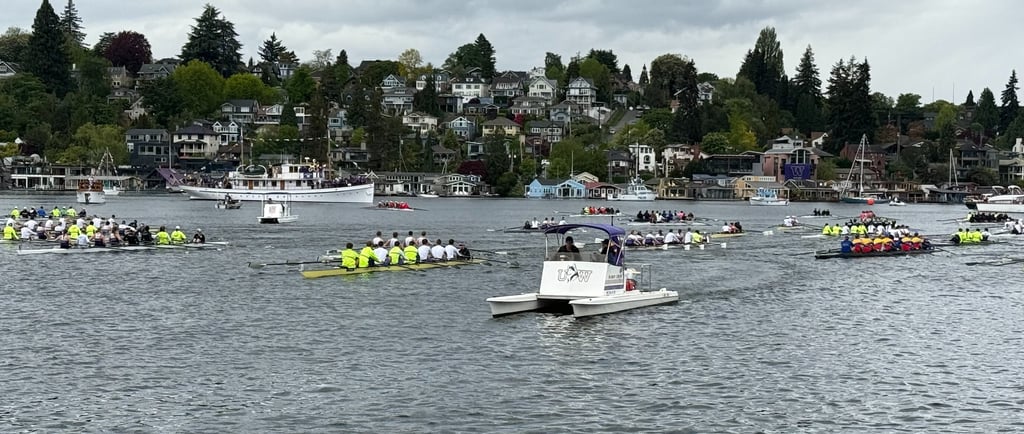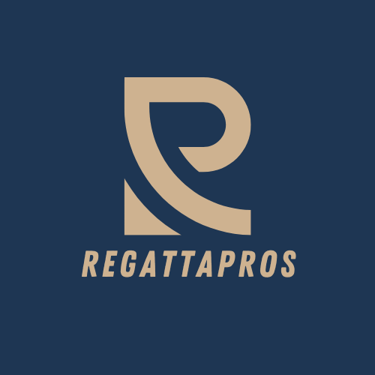What is a "Head-to-Head" Race?
Waco is introducing the concept of a "head-to-head" race this November. What in the wide world of sports is that?
RegattaPros
10/15/20252 min read


I’ll be honest — head races can be a little boring.
Often dubbed “boat parades” these long-distance fall races aren’t exactly adrenaline-fueled for competitors or spectators.
This isn’t a dig at any particular event — in fact, some of the largest and most prestigious regattas in the country are traditional head races: the Head of the Charles, Head of the Hooch, and Head of the Schuylkill among them. They serve an important role in the sport, helping crews gauge their fall training progress in a competitive atmosphere.
And from a business perspective, they make sense: head races can accommodate large entry numbers, boost tourism, and require fewer resources to run than a full sprint regatta.
But from the competitor’s point of view? It’s not quite the same rush as a side-by-side sprint where you can see and feel your competition. In a typical head race, you row a long distance — often five kilometers — with no one around you, racing only the clock.
For spectators, it’s even tougher. You spend the day watching hundreds of boats cross the line, often with no context of who’s racing whom, and no clue how a boat will rank until times are posted hours later.
That’s why we’re shaking things up.
Introducing the Head-to-Head Race
Enter the Waco Head-to-Head Race — a new twist on fall racing that brings the excitement of sprint-style competition to the endurance-driven world of head racing.
It’s still a long-distance race, roughly 3,500 meters, so you’ll need all the rhythm, focus, and stamina of a traditional head race. But here’s the defining difference: crews start side-by-side, "Henley-style".
That means two boats line up together and race down the course at the same time — racing not only the clock, but each other. You’ll still get clear water and fair conditions, but now, every stroke matters because there’s a crew right beside you, pushing you.
How It Differs from Traditional Head Racing
In traditional head races boats start one at a time, several seconds apart. It’s orderly and efficient, but it turns the event into what many affectionately call a “boat parade.”
The Head-to-Head format breaks that mold.
Real competition, in real time — rowers can see their opponent from start to finish.
Better for spectators — it’s obvious who’s ahead, and every race tells a story.
The result? The same endurance challenge, but with the kind of energy and excitement that fall rowing has been missing.
Why It’s a Win for Everyone
For athletes, the Head-to-Head Race blends the endurance of a head race with the adrenaline of a sprint. You still need pacing and precision, but with a rival right beside you, there’s a new layer of intensity that pushes every stroke.
For spectators, it’s just more fun to watch. You can actually follow the action as it happens, see position changes in real time, and feel the energy of two boats dueling down the course.
For coaches and teams, it’s a fresh challenge that makes your athletes sharper. It rewards both speed and strategy — and it’s something different to motivate crews during the fall season.
The Bottom Line
The Waco Head-to-Head Race keeps everything great about traditional head racing — the endurance, the strategy, the technical execution — and adds something that’s been missing for a long time: the thrill of direct competition.
It’s fall racing, reimagined for athletes and fans alike. Whether you’re pulling an oar or cheering from the shore, this new format promises what every rower really wants: a race that feels like a race.
